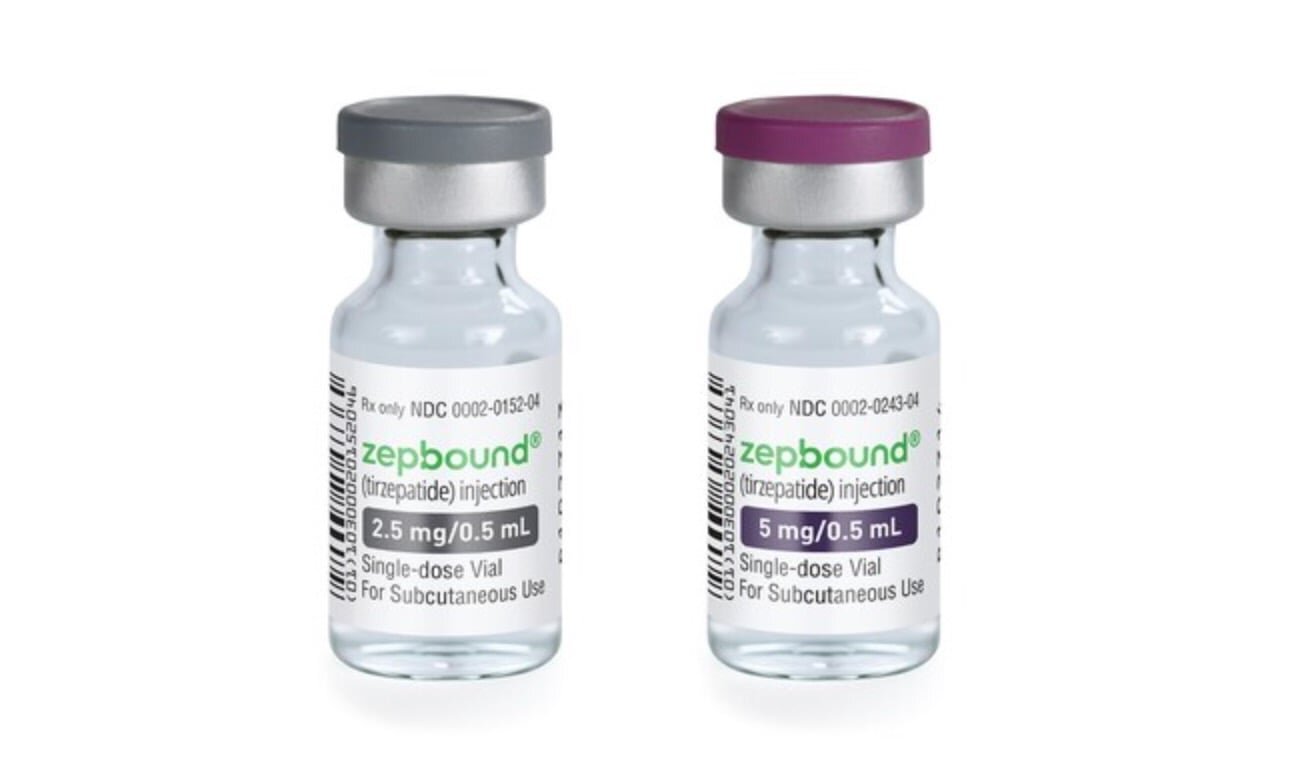Adolescents with severe obesity who received meal-replacement therapy plus financial incentives experienced a greater reduction in body mass index compared to those who received meal replacement therapy alone, according to recent findings published in JAMA Pediatrics.
Justin Ryder, PhD, Vice Chair of Research for the Department of Surgery at Ann & Robert H. Lurie Children’s Hospital of Chicago and Associate Professor of Surgery and Pediatrics at Northwestern University Feinberg School of Medicine, was a co-author of the study.
Severe obesity currently affects about one in five children and adolescents in the U.S., according to the Centers for Disease Control and Prevention, and is defined as having a body mass index, or BMI, either at or above the 95th percentile for age and sex. The condition is associated with an increased risk of adult obesity, cardiovascular disease, type 2 diabetes and other conditions.
Previous research has found that meal replacement therapy (MRT), rather than traditional lifestyle modifications, is more effective in helping reduce BMI in adolescents with severe obesity.
In the current study, the investigators sought to determine if MRT paired with financial incentives to adolescents with severe obesity would increase the efficacy of MRT and lead to a greater reduction in BMI, when compared to MRT alone.
“There’s literature for adults that supports that tying in financial incentives to weight loss or physical activity programs increases adherence, and so we wanted to see whether or not adding financial incentives to a behavioral/nutrition weight loss program using meal replacement therapy would increase adherence and through adherence, increase the efficacy of the treatment,” Dr. Ryder said.
Of the 126 adolescents enrolled in the study, 63 participants received MRT plus financial incentives and 63 participants received only MRT for one year. MRT included pre-portioned meals totaling 1,200 calories per day, and financial incentives were provided based on reduction in body weight from baseline.
After 52 weeks, the MRT plus financial incentives group had a greater BMI reduction (a reduction of 6 percentage points) and a greater reduction in total body fat mass (a loss of 4.8 kilograms) compared to those who only received MRT therapy.
“Using a cost-effectiveness analysis, we looked at mean fat mass lost between the two treatments and found that despite providing the additional meal replacements for per pound lost, it was cost-effective to do so,” Dr. Ryder added.
Additional work is also needed to develop interventions that extend beyond one year, according to the authors.
“While financial incentives plus MRT appears to be a longer-term strategy than MRT alone, treatment withdrawal will likely result in BMI increase. As such, research is needed to identify strategies that are scalable and feasible in the long term given the chronic nature of obesity,” the authors wrote.
This work was supported by grants R01DK113631, K23DK129721, K23DK125668, and K23DK124654 from the National Institute of Diabetes and Digestive and Kidney Diseases, and UL1TR002494 from the National Institutes of Health National Center for Advancing Translational Sciences. Healthy For Life Meals provided financial assistance with the meal program.

